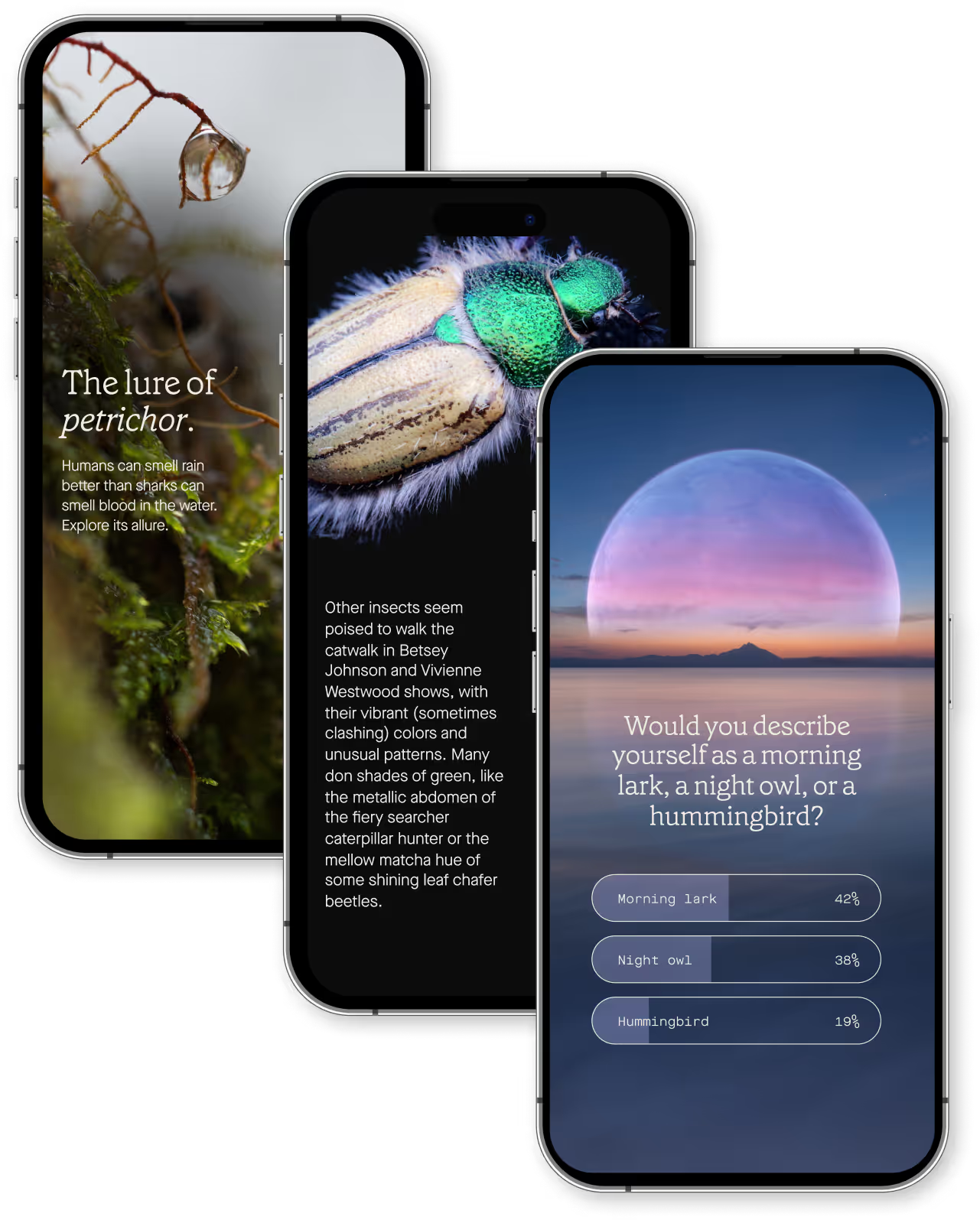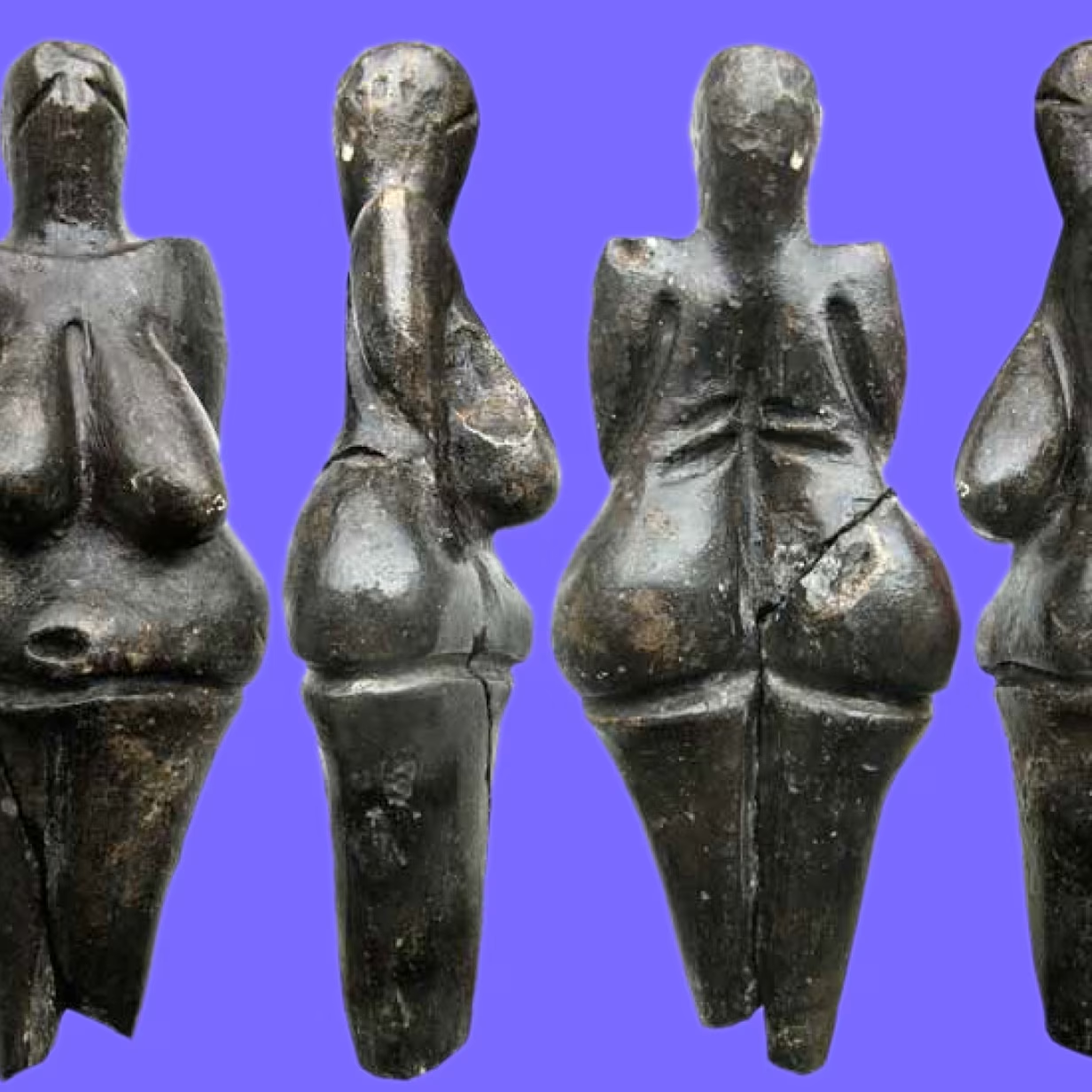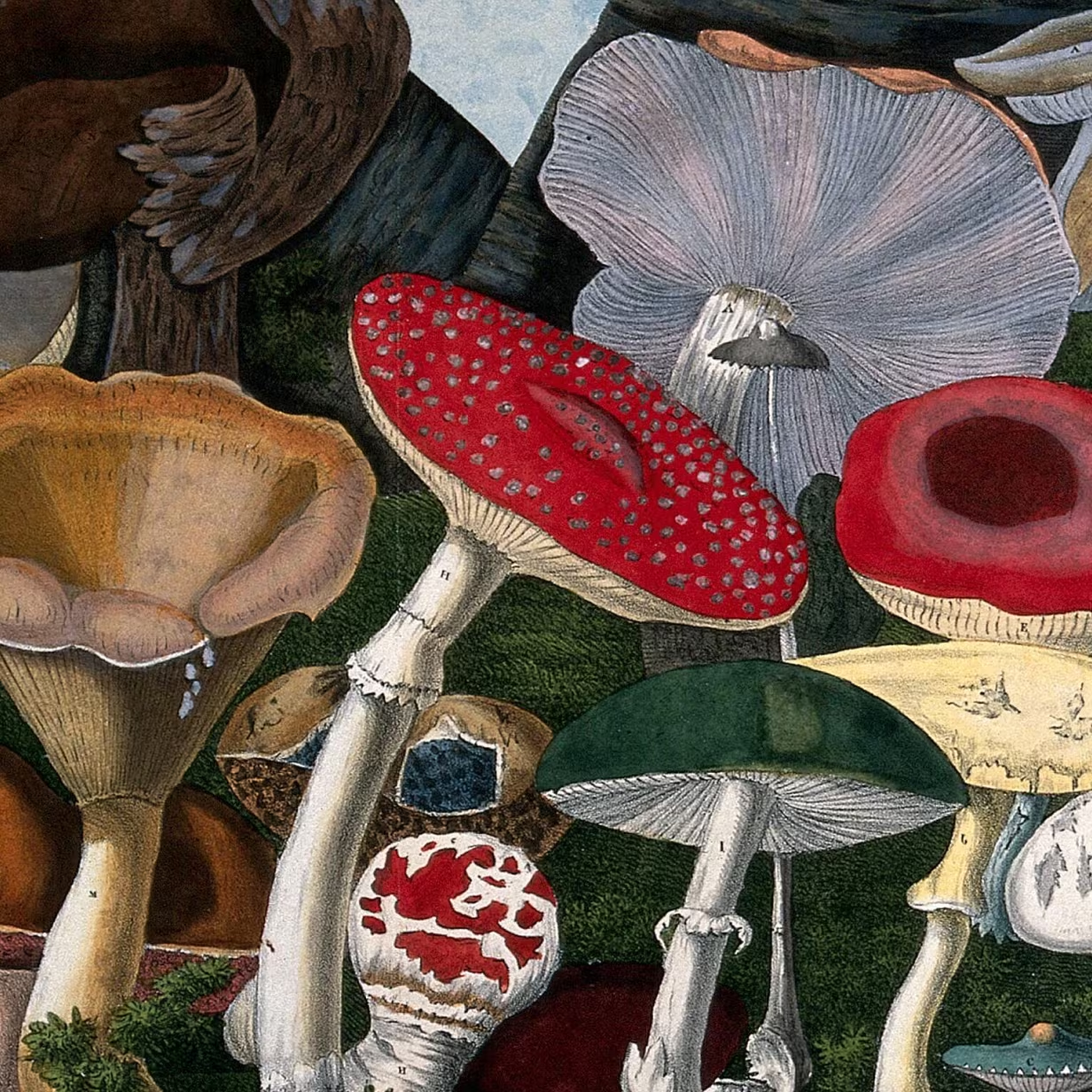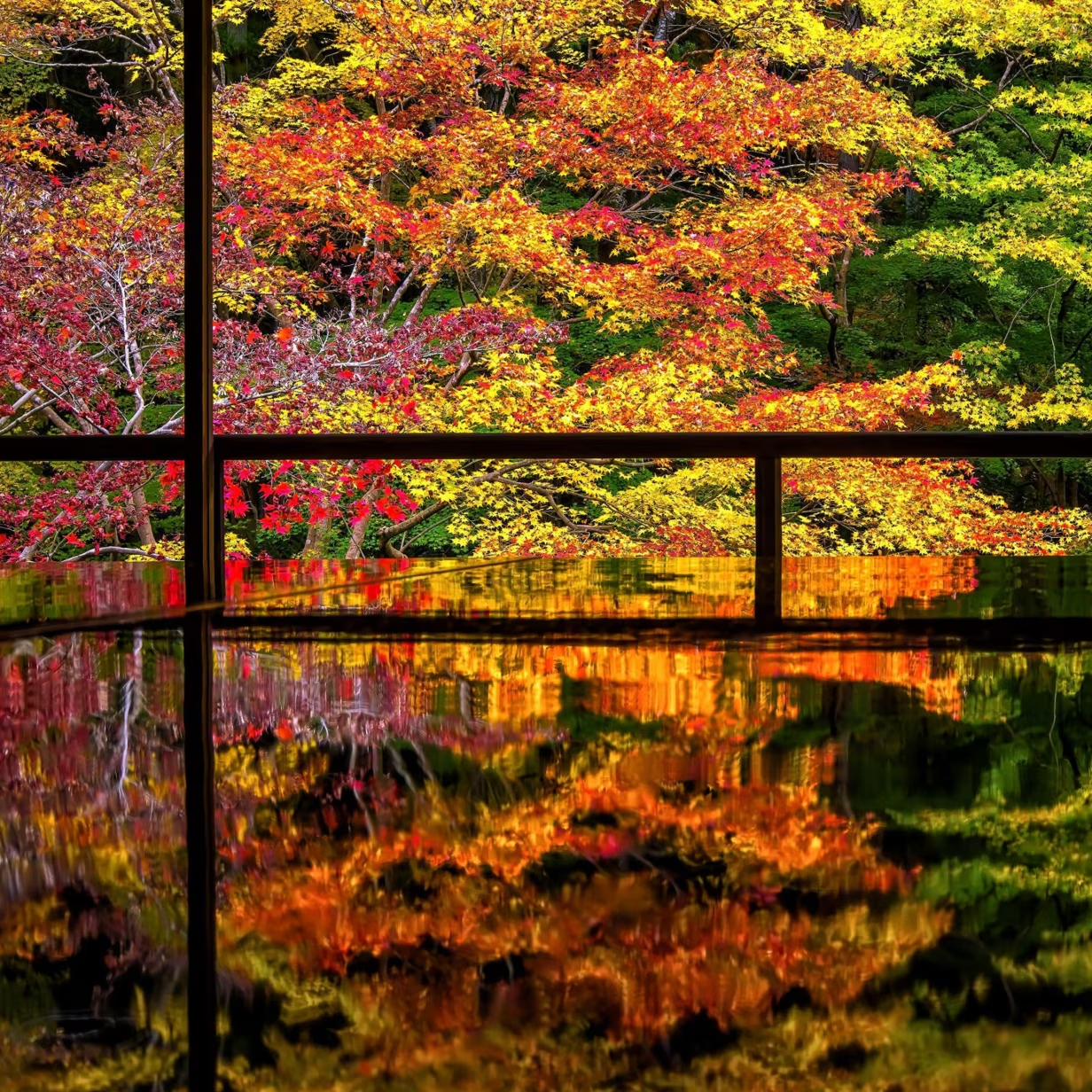
The History of Sand
Every handful of sand carries memory—of volcanoes, seashells, or mountains. Explore what history lies beneath your feet.
Key Takeaways:
- Sand is defined by size, not substance—grains between 0.06 and 2 millimeters, whether quartz, seashell, or volcanic rock.
- Sand is the second-most used resource on Earth after water, vital for glass, concrete, and even silicon chips.
- Not all sand is usable—desert sand is too smooth for building, while jagged underwater sand is in high demand.
- Sand harvesting has major ecological consequences, disrupting rivers and marine life, often without regulation.
- Sand carries geological history, from black volcanic beaches to coral fragments, and can even serve as forensic evidence.
You’re lying on a beach, under a tree, dozing off in a bed of soft sand. Staring into the sand, you keep noticing odd variations - the sand is thinner here than it is 10 minutes north, there are little bits of deep red or pure white mixed in, and there seems to be way less sand at this beach than last year. You’ve been playing in sand since you were a toddler but realize you don’t really know anything about the stuff.
It turns out that the beach sand you’ve been lying on is not a permanent resident of that beach. Sand flows miles up and down the coast, carried by the currents and tides. What is sand? Well, a lot of it is crushed up rock, and the sparkle that beach sand often has is usually small bits of quartz. But that’s not fundamentally what makes sand sand. Each grain of sand is between 0.06 and 2 millimeters.1 If it’s smaller than that it’s silt, and if it’s larger than that it’s pebbles. You can measure the size of sand by passing it through a sieve; the Explore More section below will teach you how. So sand is defined by size, not by substance – anything can be sand if it’s pulverized into grains of the right width.

This single grain of sand from a beach on Jekyll Island in Georgia, is primarily quartz or silica, a component found on a typical beach which forms when temperature, wind, waves, rain, freezing and thawing gradually wear down rocks.
Single grain of sand, SEM. Stefan Eberhard. Attribution-NonCommercial 4.0 International (CC BY-NC 4.0)
Sand isn’t just landscape, it’s a resource. Humanity uses more sand than it does any natural resource on Earth besides water – more than wood, stone, or metal.2 Sand dredging scoops up sand from riverbeds and the ocean floor to make materials for constructing buildings or silicon for computer chips. Cities are glorified sandcastles – glass and concrete both have sand as the main ingredient. Dubai and China have dredged up enough underwater sand that they literally make new islands with it. But unlike resources such as wood, which we carefully manage and protect with environmental laws, sand harvesting is the wild west. Without any park rangers to keep an eye on the sand, companies grab as much as they want from anywhere they want, disrupting silt in rivers and wreaking havoc on marine ecosystems, where many animals have adapted to hiding in the sandy bottoms.
Part of the problem is that the best sand for building (the kind with jagged edges that stick together) has to be dredged from underwater, while the mountains of sand filling the world’s deserts isn’t very useful. Desert sand has had all the jagged edges eroded away by wind, so there isn’t enough friction between grains to hold together strong materials like concrete. Sand harvest is a classic Tragedy of the Commons: more environmentally-friendly alternatives to underwater sand exist (like leftover powder from iron mining), but nobody has an incentive to use these more expensive options.

Image courtesy US National Park Service.
We can think of sand as a substance or a resource, but it’s also helpful to think of it as a history. Every trend and catastrophe of geology and climate leaves a fingerprint in the local sand. Are you near tall granite mountains? Then the sand you’re standing on will be full of quartz and other elements that eroded out of the granite over the eons. Are those mountains actually old volcanos? Then the sand will instead be full of magnetite and pyroxene (which is what makes the black sand in Hawaii black, but it’s found in smaller amounts near any volcano). Did the ground under your feet used to be under an ocean in the time of the dinosaurs? Then the sand will contain bits of crunched up seashells and coral reefs (calcium carbonate).
In fact, the composition of sand tells you so much about where it’s from that you can identify a place from the sand rigorously enough that it holds up as evidence in criminal court. Forensic geologistscan identify a location where you’ve been from traces of sand in your shoes or jeans, potentially demonstrating that a criminal suspect has been to a specific crime scene. This is an approach enabled by modern science and microscopy, but the roots of using sand to track where criminals have been can be traced back to an earlier detective. In “A Study in Scarlet”, Dr. Watson says that Sherlock Holmes can tell “at a glance different soils from each other. After walks has shown me splashes upon his trousers, and told me by their colour and consistence in what part of London he had received them.”3 Sand gives us a history of a place, and whether you know it or not, you take a bit of that history with you.
Sand-Memory
Softly the sea
With its handfuls of moonlight,
Taking them in to the beach dusk,
Sifting them over the dark sand
Slowly in wide curves.
Softly and slowly the sea
Scattering moon-bubbles—
Handfuls and armfuls
On dusk-darkened beaches
Over and over—
Telling stories of moon-spray
And night-dripping wings
Over and over and over.
And the sand says nothing;
The sand remembers
And crouches and waits.
It is old as the old sea,
And knows no peace
Till the width of the low tide.
F.R. McCreary
Originally published in Poetry, May, 1924
References
1 Pettijohn, FJ; Potter, PE; Siever, Raymond (1972). Sand and Sandstone. New York: Springer Verlag. p. 1.
2 Earth Is Running Out of Sand ... Which Is, You Know, Pretty Concerning, Popular Mechanics, May 2, 2022.
3 Doyle, A. C. (2011). A Study in Scarlet. Penguin Books.
Build your practice of daily discovery.
7 days free.

Sign up for more bites of curiosity in your inbox.
Ongoing discoveries, reflections, and app updates. Thoughtful ways to grow with us.

















.svg)


